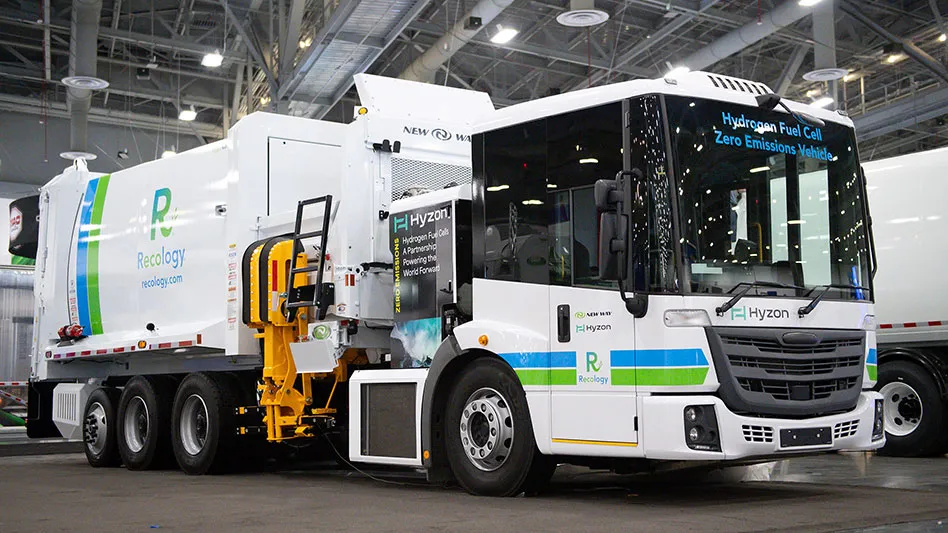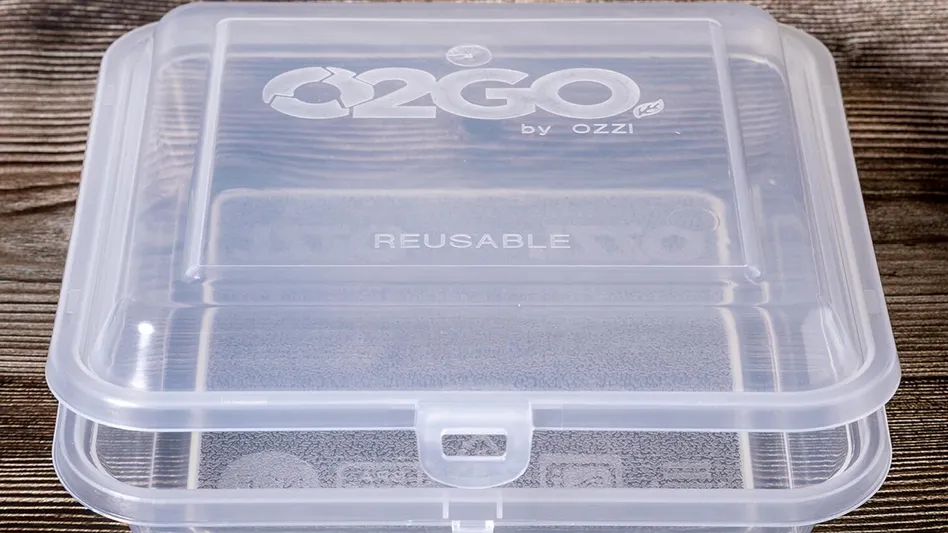
Stifel, in conjunction with Waste360, conducted a survey of solid waste companies between Jan. 15 and Feb. 1 focused on waste industry trends leading into 2021. The survey was taken by 117 respondents across the country.
Of the respondents, 88 percent said they were involved in recycling, 59 percent said they were involved with collection, and 47 percent said they were involved in disposal.
For a question on sustained change in residential volumes after the second quarter of 2020, 79 percent said volumes increased, 12 percent said volumes remained the same and 8 percent said volumes decreased. In terms of percentage changes, 7 percent said volumes increased more than 40 percent, 3 percent said it increased 31 to 40 percent, 19 percent said it increased 21 to 30 percent, 29 percent said it increased 11 to 20 percent, 22 percent said it increased 1 to 10 percent, 12 percent said there was no change, and 8 percent said it decreased. Only 32 percent of respondents said they were compensated for these increased residential volumes.
For a question on sustained change in commercial volumes after the second quarter of 2020, 62 percent said volumes decreased, 25 percent said volumes were unchanged, and 13 percent said volumes increased. In terms of percentage changes, 13 percent said volumes increased, 26 percent said there was no change, 4 percent said volumes decreased 1 to 9 percent, 16 percent said volumes decreased 10 to 19 percent, 18 percent said volumes decreased 20 to 29 percent, 12 percent said volumes decreased 30 to 49 percent, and 10 percent said volumes decreased 50 percent or more.
For a question on change in permanent roll-offs from the beginning of 2021 from the previous year’s period, 40 percent said they’ve increased the number of roll-offs, 35 percent said the number was unchanged, and 25 percent said the number decreased.
For a question on change in temporary roll-offs from the fourth quarter of 2020 year over year, 38 percent said the number increased, 36 percent said the number stayed the same, and 26 percent said the number decreased. Regarding the composition of temporary roll-off requests, 45 percent of respondents said they were for non-residential construction, 33 percent said they were for residential construction, and 22 percent said they were for infrastructure projects.
Eighty-one percent of respondents said fleet equipment did not have to be parked in 2020. Regarding container trends, 69 percent said no containers had to be pulled and stored, 14 percent said between 1 to 10 percent of containers had to be pulled and stored, 4 percent said 11 to 20 percent of containers had to be pulled and stored, 3 percent said between 21 and 30 percent had to be pulled and stored, and 10 percent said more than 30 percent had to be pulled and stored. Of all pulled containers, 49 percent were commercial, 33 percent were temporary roll-offs, and 18 percent were permanent roll-offs.
For a question on change in capital spending compared to pre-COVID spending, 4 percent said it increased 21 percent or more, 8 percent said it increased 1 to 20 percent, 66 percent said there was no change, 7 percent said it decreased 1 to 20 percent, and 15 percent said it decreased 21 percent or more.
For a question on M&A appetites, only 18 percent of respondents answered that they were potential sellers of their business. Of this group, only 24 percent said the potential sale had been put on hold. Conversely, 22 percent said they were potential buyers. Of this group, only 12 percent said the potential purchase had been put on hold.
In terms of the impact of the presidential election on economic outlooks, 54 percent said it impacted their outlook. Fifty-seven percent of respondents said they thought the economy would do worse because of the results of the election, as opposed to 32 percent who said they anticipated the economy to be better and 11 percent who said they were undecided.
Based on the presidential outcome, 54 percent said they expected no change in their capital deployment decisions, 13 percent said they expected to spend more, while 33 percent expected to spend less.
The full report is available online.
Latest from Waste Today
- Waste Robotics and Greyparrot form partnership
- Delos and Silverfern Group complete sale of Pioneer Recycling Services
- Simplified Environmental Solutions adds 2 locations
- Glass Recycling Foundation awards $150K in grants
- Kent County, Michigan, opens new transfer station
- GFL reports revenue increase in first quarter
- Bioenergy Devco honored at SEAL Awards
- AMCS showcasing Performance Sustainability Suite at WasteExpo





